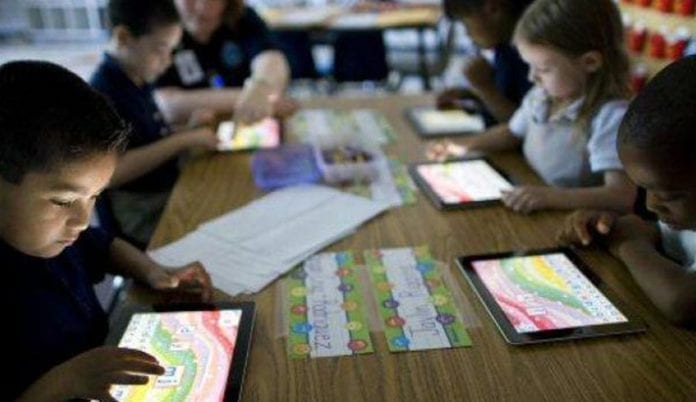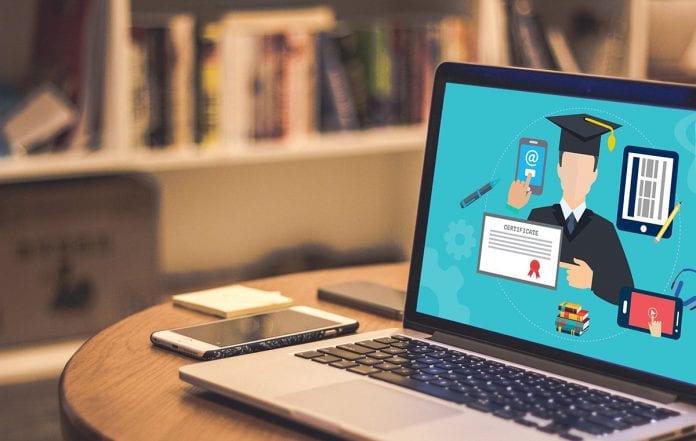In the current modern world, it is evident that technology has become part of daily activities. There are several sectors, which are influenced by technology, such as education, hospitality, travel, business, and entertainment. The use of the internet started in the ‘80s and ‘90s and has spread faster into the 2000s; it has increased the use of laptops and smartphones.

The internet has become part of our lives, and people are not at ease when they do not have access to it. Technology has helped with communication with other people; it is used in the kitchen for improved ingredients and recipes. Most people that had an attempt at performing DIY for their cars; all they need to do is look for tutorials on YouTube. With technology, it is possible to access online entertainment, and when there is any question, you can ask online.
It is the same chance given to the education sectors when you have your assignment and stuck on what you need to do. Waged Professors will come handy to help in completing your homework on time at an affordable cost. With time, technology has been utilized in the school halls across the country and globally, and it is evident that it has brought about positive changes.
Even with the use of technology, the basics and foundation of education have not changed. Tutors still give instructions to their students regarding their studies. Students have the accessibility to use educational tools to read, write their essays, conduct all their research, and participate in projects and debates. With the hands-on experience, it is easier to understand all the concepts for the future career.

Below find the different ways technology has changed education:
- There is better access to learning materials and resources; currently, students do not need to physically go to the school location to get all the elements; the internet allows them to understand that at their convenience instantly. Technology has brought about online degrees and courses, and all students can learn online. There is also the idea of cyber-schooling; it is a situation where studies can be completed in the comfort of their homes. For more information, visit Lesson Paths.
Online education has helped in breaking down barriers that come in because of geographical regions. It has always been a barrier to most educational institutions when it comes to specific programs for schools across the country.
- Technology has improved flexibility. Students do not need to attend school at specific times, especially when there are challenges due to family responsibilities. All the course materials and resources are available online, hence brings about the freedom to study and complete all their classwork with their schedules. Students can complete their work and choose what to do with the remaining time. Technology has helped in opening doors for education and for students who are not able to attend classes. When someone is working online, they can continue with their job and still get time to get their education. Parents who have young children have the chance to attend classes. For the students who are into sports, they can train during the day and plan their busy schedules.
- It helps in boosting the interactions between students and teachers. Online education has developed in a way that there is a better relationship. The communication is done online, and it is no longer a student only task to ask questions and request information. The students can take advantage of instant messaging, texting, and emails to ask their professors questions at any time. They do not need to wait until the next class session, and there are chances the questions might not be in their mind.
- There is the advent of online testing; it is beneficial to the students for different reasons. Online examination is considered entirely fair, and it is because a machine will grade the test and automatically correct all the wrong answers. It shows signs of bias, and online testing is considered an excellent way to test anxiety and stress from taking a test full of students. It is a great way when the students have busy schedules and are struggling in the exam room.
- Technology helps when it comes to students with special needs. Traditionally, a regular classroom dealt with the world of academia. Students had the same experience, regardless of their abilities and needs. It ruled out the idea that other students function well in the environment, and others do not. Technology helps in meeting the skills and needs of all student-types. Students with seeing, speaking, and hearing impairments can still get a quality education. It has achieved the students’ needs on different levels, developmental, social, and intellectual disabilities. It does not matter their unique needs, all are catered for with technology and hence improving on their ability to understand different environments.
- There is the availability of online learning resources, as compared to when classes were taking place in a classroom setting. Most of the educational tools were books and videos; technology has helped in sharing knowledge with the world through YouTube Videos, e-book, and educational blog post. It has helped the students by making learning an easy task. It has brought about better interaction, as compared to traditional teaching. Students used to sit and listen to their teacher and then read a book. There was little room for engagement and interaction beyond the classroom settings. Technology has enabled education to be interactive, and students have the chance to interact with websites, models, and videos.
- Students can keep up with current events, and teachers can keep their students updated with all the events happening, better research, and current discoveries. Students have access to YouTube, PowerPoint, top search engines, and blogging technology. It helps the students to understand that the modern world is better.

- Technology brings about personalization and adaptability. The educational spaces issued helps in learning virtually; students’ brains work differently and hence a unique learning style. Technology offers versatility and a range of benefiting tools into learning technologies. It is beneficial since when one solution does not work, the student will look for the next solution. It helps in personalizing their learning plans and incorporating better technologies for each student.









